Gender and Seafood
“When women thrive all of society benefits and succeeding generations are given a better start in life.” — Kofi Annan, Former Secretary-General of the United Nations.

Gender Barriers in the Industry
Content developed in collaboration with the initiative SAGE (Seafood and Gender Equality).
Women are present in all segments of the seafood industry, from harvest to retail to administration. However, gender barriers keep women from full and equitable participation, which is imperative to the United Nations Sustainable Development Goal 5, gender equality. The International Organization for Women in the Seafood Industry (WSI) conducted a seafood industry survey to analyse the gender composition of the world’s top 100 seafood companies. In 2020, women at top positions (executives and board) grew to 14%, the highest ever recorded. However, there are still abundant examples of women being excluded entirely. The survey also found that over one third of the seafood companies analyzed had corporate bodies exclusively composed of men.
While conducting desktop research on the state of women in seafood, the FAO found that sex disaggregated data was severely lacking in most countries. Without sex disaggregated data, it is difficult to determine women’s participation in, impact on, power, and wealth distribution in the seafood industry.
Gender and Work
Sexual Harassment in the Workplace
Any unwelcome behavior or action that is explicit or sexual in nature is considered sexual harassment. It is difficult to measure the prevalence of sexual harassment in workplaces because it often goes unreported. The lack of accurate reporting highlights a key gap in workplace surveys, as well as a lack of a safe reporting environment. Businesses may provide toolkits and training such as the Sexual Harassment toolkit, created by the Equal Rights Advocates, to help their employers recognize and report sexual harassment in the workplace. While businesses should work to prevent workplace harassment because it is the moral thing to do, the legal and financial benefits to stopping sexual harassment such as higher employee moral and productivity are also impactful.
More than a Wage Gap
Women do not benefit equitably in the same work and sectors as men do. Women typically get paid less for the same positions men hold, work in lower paying industry sectors, hold less supervisory and managerial roles, and receive fewer returns in entrepreneurial ventures. While the gender pay gap may focus on the economic difference between working men and women, there are a combination of intersectional and systemic factors impeding women beyond the monetary ones, including unpaid world, lower-return work, limited access to resources, lack of inclusion in decision making, and limited mobility.
Global Challenges and Gender
Women are often further marginalized during times of crisis or global change. Additionally, overfishing and habitat destruction, climate disruption, and pandemics like COVID-19 all affect women disproportionately relative to men. WSI states that effective responses to COVID-19 and future policies must be informed by sex disaggragated data and that women must be included in decision making processes around the pandemic.

